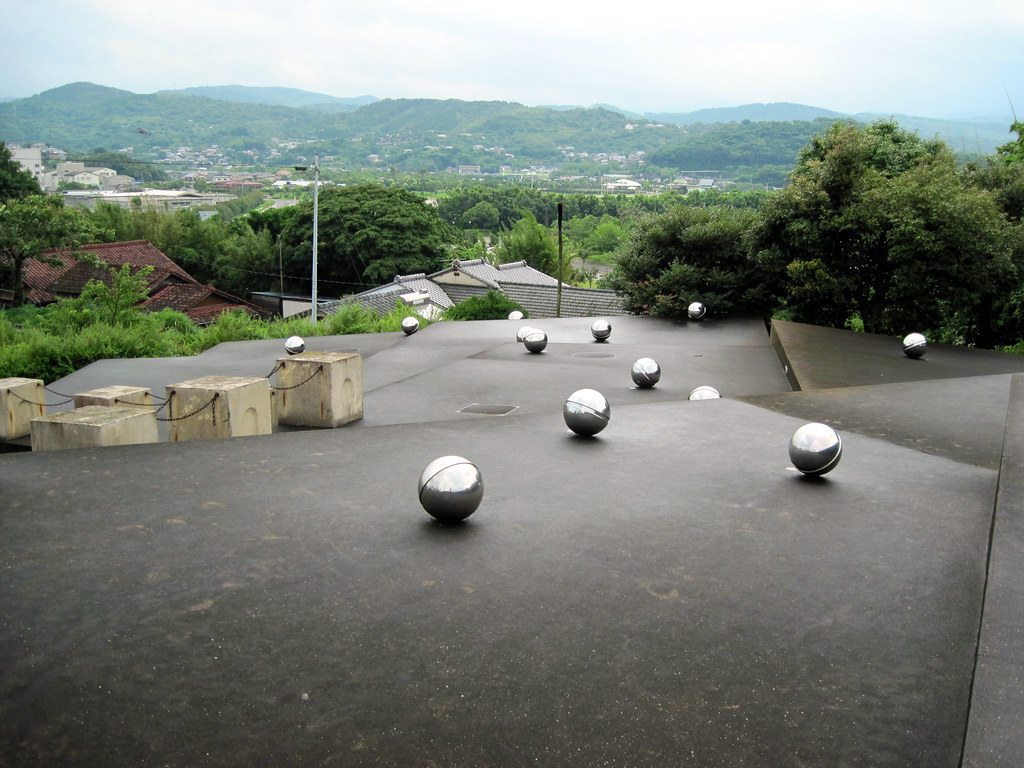I really do believe that by looking into the past we can learn so much about how to deal with the present problems that we face. Following on from my post regarding the Great London Smog, I thought it would be interesting to take a look at another landmark environmental incident, the mercury poisoning that occurred at Minamata Bay in Japan. This is a very upsetting, but also very interesting case study that provides many key learning points for those who want to learn about environmental management.

“Minamata, Kumamoto” by quirkyjazz is licensed under CC BY-NC-ND 2.0
Background
Minamata is a small town in south east Japan. Near to the town is Minamata Bay that exists on the west coast of Kyushu Island. In the 1960’s the Chisso Corporation had operated a chemical factory in the area since not long after the turn of the century. Effluent from the factory was released into the bay and the company had been liable to pay compensation to local fishing groups on numerous occasions due to the impact of the effluent on fish stocks. In 1932 the company started to manufacture a chemical known as Acetaldehyde, which used a mercury containing catalyst. Mercury was therefore released in relatively large quantities into Minamata Bay from 1951 to 1968.
Organic Mercury Toxicity
The type of mercury that was released into the bay is very important in this case study. It was methylmercury which is a organic form of mercury. In this form the mercury is bioavailable, in that when consumed it can easily build up in living things such as plants, fish and humans, and it does not readily degrade. Substances that exhibit this property are usually high risk and are said to bioaccumulate.
But that is not the entire picture; we need to consider the food chain as this is very important in the context of the case study. Let’s say that the Mercury builds up in plants, a small fish will eat many contaminated plants and the concentration of mercury in the small fish will be substantially greater in a small fish than in a contaminated plant. The next stage of the food chain will be a carnivorous fish that eats many contaminated smaller fish. In this carnivorous fish therefore we have a much greater concentration of mercury than in the small fish. Eventually a human will eat this larger carnivorous fish and be exposed to a very high concentration of mercury. This process is key and is known as biomagnification. The further up the food chain we go then the higher the ‘hit’ of mercury a living thing is exposed to, take a look at the figure below which summarises the process:

The Minamata Bay Incident
Biomagnification of mercury from contaminated food is exactly what happened in our case study. In 1956 an incident occurred whereby a number of people in Minamata town began experiencing symptoms such as finding it hard to walk, not being able to speak and suffering from convulsions. A public health crisis was declared and the unknown disease was named Minamata Disease. Subsequent investigations discovered other associated symptoms such as strange behaviour in cats (the local’s termed it cat dancing disease) and wildlife in the town. As investigations progressed it was discovered that many people were suffering horrendous symptoms such as difficulty hearing, swallowing, convulsions, coma and death. Often these symptoms were attributed to other causes. Of the forty patients that had been discovered by October 1956, 14 had died exhibiting these symptoms. Eventually the link between the mercury discharges and disease was proven, although efforts were taken by governments and the company to suppress the findings. Many years later the official death rate from the incident is said to be 1,784 and many thousands more received compensation from Chisso Corporation.
Lesson Learnt?
To some of you reading this, post-1950’s will seem like a long time back. However, this case study lead to an understanding of the dangers of Mercury pollution. Jumping forward to the present day; Mercury internationally is controlled by the Minamata Convention on Mercury, which provides prohibitions on the import and export of mercury and mercury compounds in addition to other restrictions.
A few legislative examples from EU law show the extent to which mercury and mercury compounds are controlled, such as limits on mercury in packaging, limits in electrical equipment, limits in batteries and being a strictly controlled substance in both air and water.
Conclusion
As we can see from this case study the effect of pollution can be severe. Pollution may not just impact on nature but can also have substantial health impacts on humans. We should in the future be very cautious as to the impact of new substances until we can understand the inherent risk of a substance (this approach is often technically termed the precautionary principle).
Therefore it is clear that those who were affected by the Minamata Bay poisoning deaths and illness were not in vain, as Mercury is strictly controlled today. It is just such a shame that so many people had to be poisoned for humanity to learn about the dangers of being exposed to mercury.
–
John Binns BSc (Hons), MSc, MSc, MIEMA

With over 19 years’ experience working in environment management, John Binns BSc (Hons) MSc MIEMA is an experienced environmental tutor and consultant with knowledge of health and safety management.
